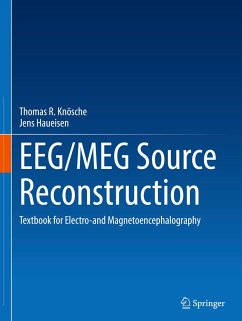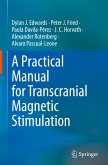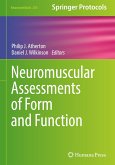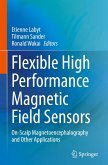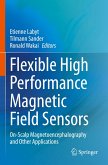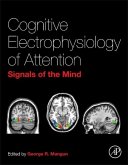This textbook provides a comprehensive and didactic introduction from the basics to the current state of the art in the field of EEG/MEG source reconstruction. Reconstructing the generators or sources of electroencephalographic and magnetoencephalographic (EEG/MEG) signals is an important problem in basic neuroscience as well as clinical research and practice. Over the past few decades, an entire theory, together with a whole collection of algorithms and techniques, has developed.
In this textbook, the authors provide a unified perspective on a broad range of EEG/MEG source reconstruction methods, with particular emphasis on their respective assumptions about sources, data, head tissues, and sensor properties. An introductory chapter highlights the concept of brain imaging and the particular importance of the neuroelectromagnetic inverse problem. This is followed by an in-depth discussion of neural information processing and brain signal generation and an introduction to the practice of data acquisition. Next, the relevant mathematical models for the sources of EEG and MEG are discussed in detail, followed by the neuroelectromagnetic forward problem, that is, the prediction of EEG or MEG signals from those source models, using biophysical descriptions of the head tissues and the sensors. The main part of this textbook is dedicated to the source reconstruction methods. The authors present a theoretical framework of the neuroelectromagnetic inverse problem, centered on Bayes' theorem, which then serves as the basis for a detailed description of a large variety of techniques, including dipole fit methods, distributed source reconstruction, spatial filters, and dynamic source reconstruction methods. The final two chapters address the important topic of assessment, including verification and validation of source reconstruction methods, and their actual application to real-world scientific and clinical questions.
This book is intended as basic reading foranybody who is engaged with EEG/MEG source reconstruction, be it as a method developer or as a user, including advanced undergraduate students, PhD students, and postdocs in neuroscience, biomedical engineering, and related fields.
In this textbook, the authors provide a unified perspective on a broad range of EEG/MEG source reconstruction methods, with particular emphasis on their respective assumptions about sources, data, head tissues, and sensor properties. An introductory chapter highlights the concept of brain imaging and the particular importance of the neuroelectromagnetic inverse problem. This is followed by an in-depth discussion of neural information processing and brain signal generation and an introduction to the practice of data acquisition. Next, the relevant mathematical models for the sources of EEG and MEG are discussed in detail, followed by the neuroelectromagnetic forward problem, that is, the prediction of EEG or MEG signals from those source models, using biophysical descriptions of the head tissues and the sensors. The main part of this textbook is dedicated to the source reconstruction methods. The authors present a theoretical framework of the neuroelectromagnetic inverse problem, centered on Bayes' theorem, which then serves as the basis for a detailed description of a large variety of techniques, including dipole fit methods, distributed source reconstruction, spatial filters, and dynamic source reconstruction methods. The final two chapters address the important topic of assessment, including verification and validation of source reconstruction methods, and their actual application to real-world scientific and clinical questions.
This book is intended as basic reading foranybody who is engaged with EEG/MEG source reconstruction, be it as a method developer or as a user, including advanced undergraduate students, PhD students, and postdocs in neuroscience, biomedical engineering, and related fields.

